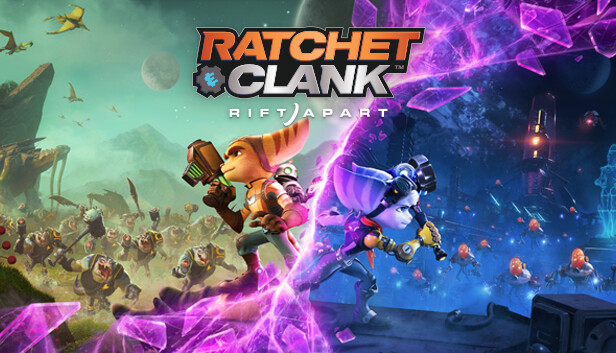Someone has compiled the DS 1.2 bulkload demo into an executable you can run yourself, so did a re-run and got:
2TB Sabrent Rocket 4 Plus Gaming (direct storage optimised firmware):
23.45 GB/s // Loaded 0.37s
8TB Sabrent Rocket 4 Plus:
19.97 GB/s // Loaded in 0.44s
8TB Samsung 870 QVO SATA connected to a USB-C 3.1 Gen 2 enclosure):
2.10 GB/s // Loaded in 4.11s
So assuming the above stays true in games that use DS1.2, even a SATA drive would be leveraging fast GPU decompression for real time streaming right to the GPU.

DirectStorage 1.2 Benchmark, with GPU Decompression, released
This DirectStorage 1.2 Benchmark will give you an idea of what your storage devices are capable of, so we suggest giving it a go.www.dsogaming.com
Can you please check if your GPU usage, power draw and temperature and vram usage changes Between ds 1.1 and 1.2
That's information is far more interesting than your loading times above
Thanks








